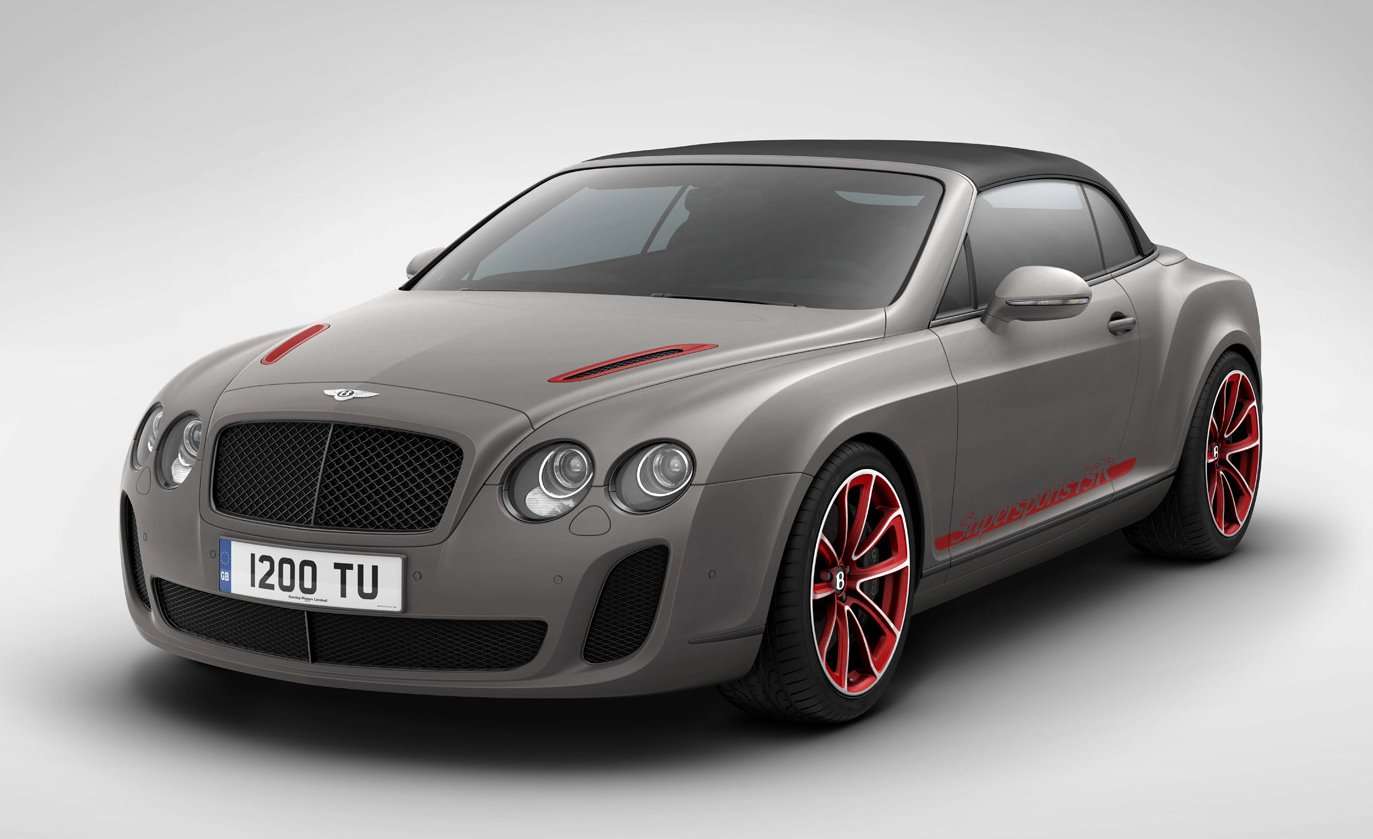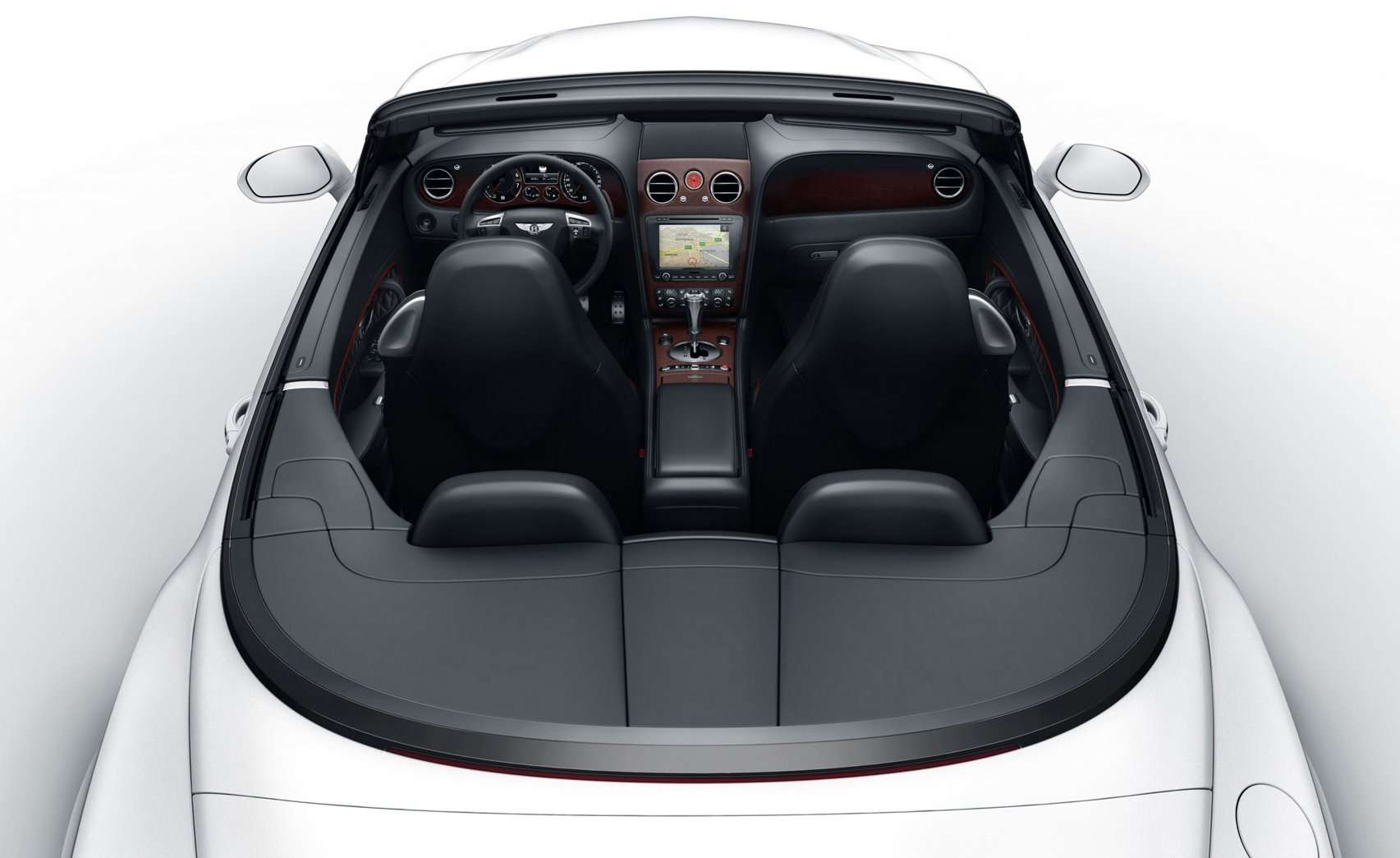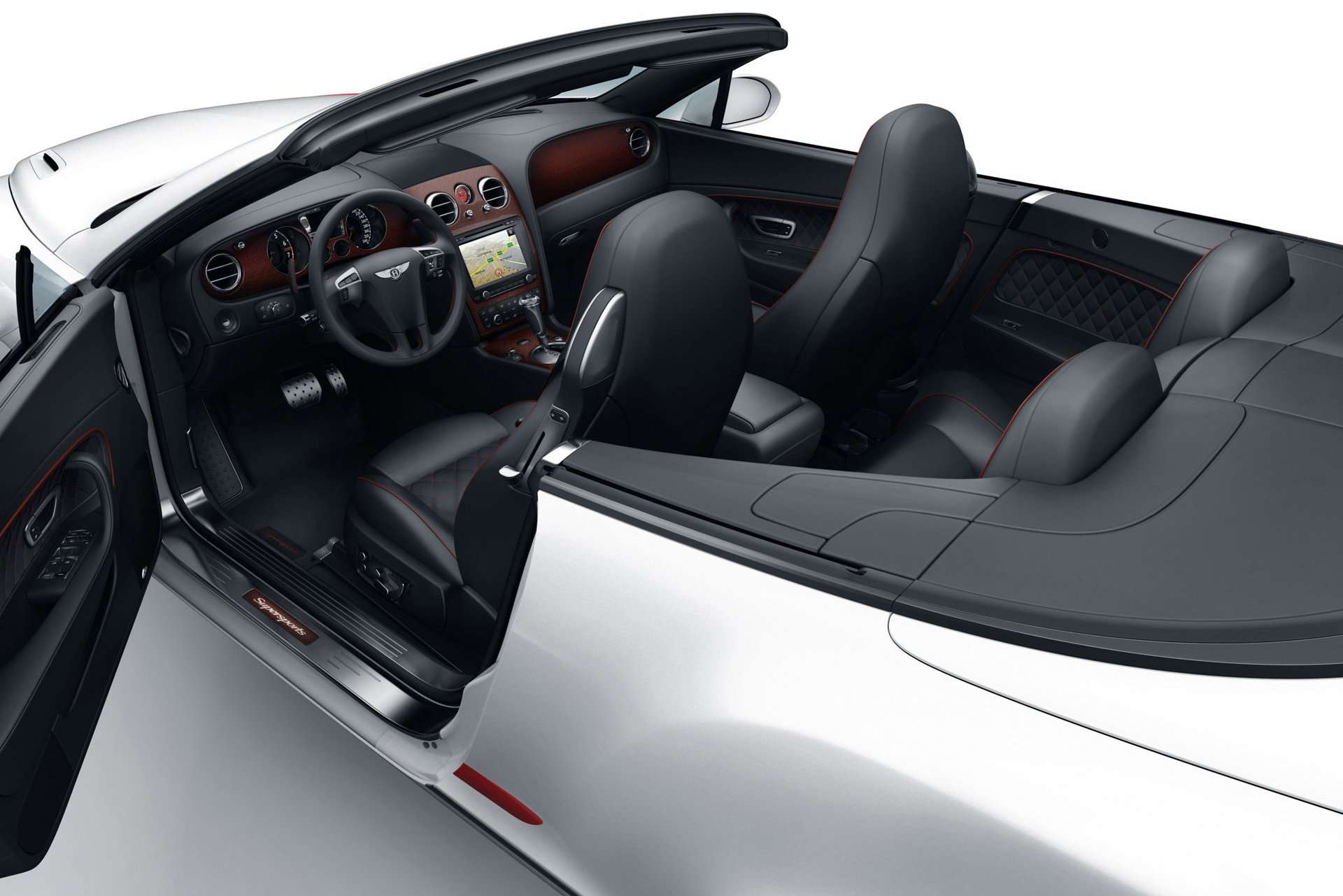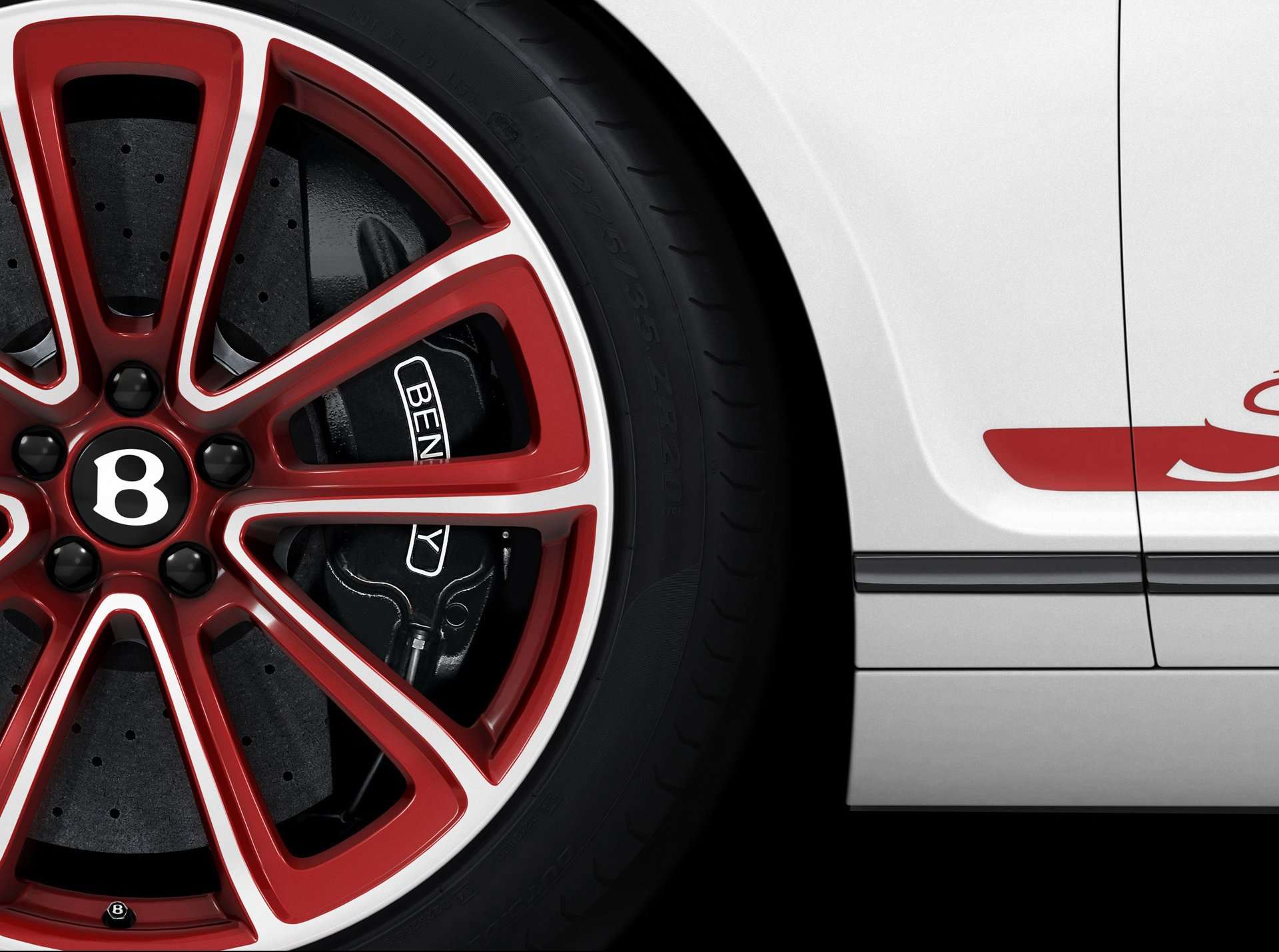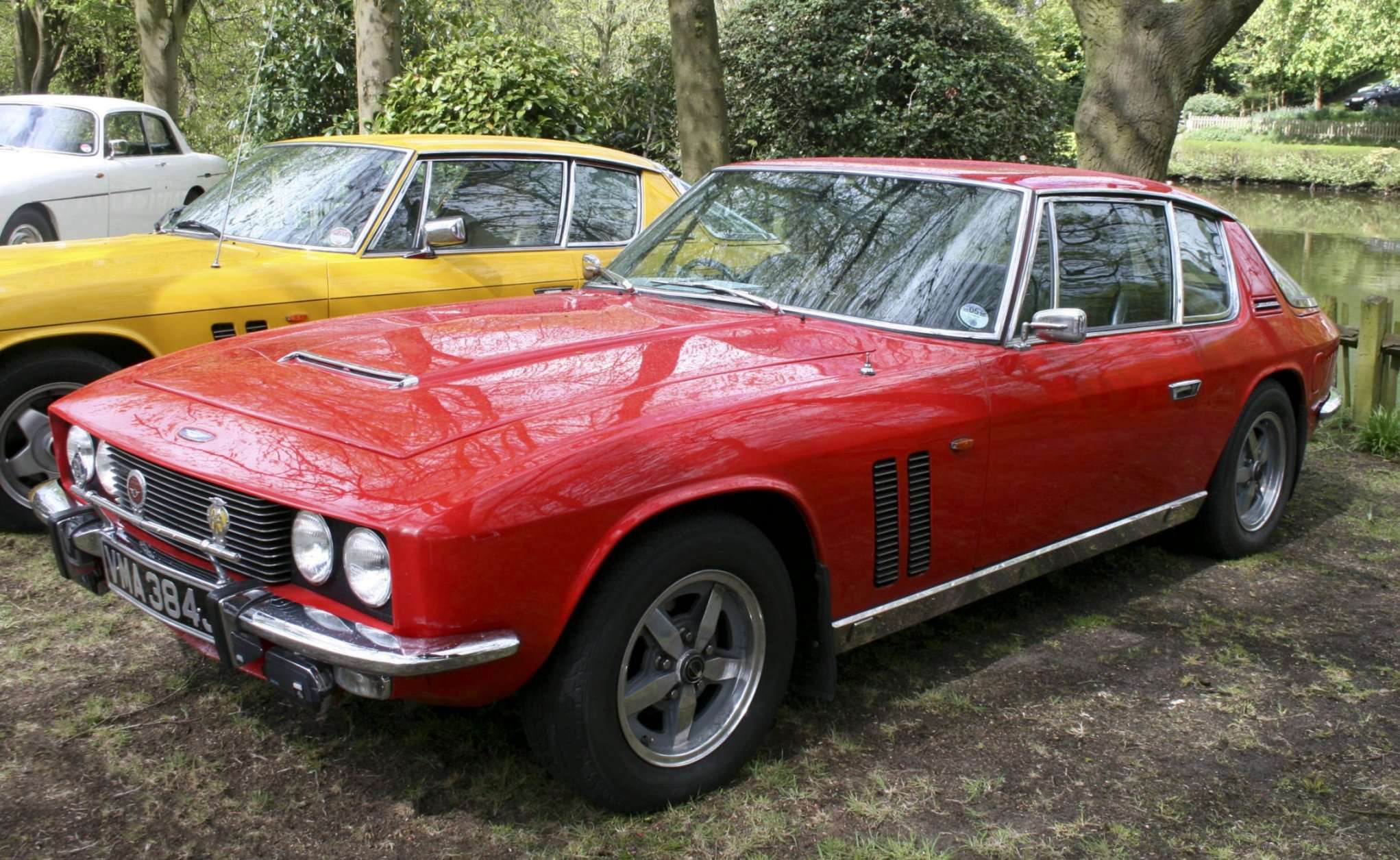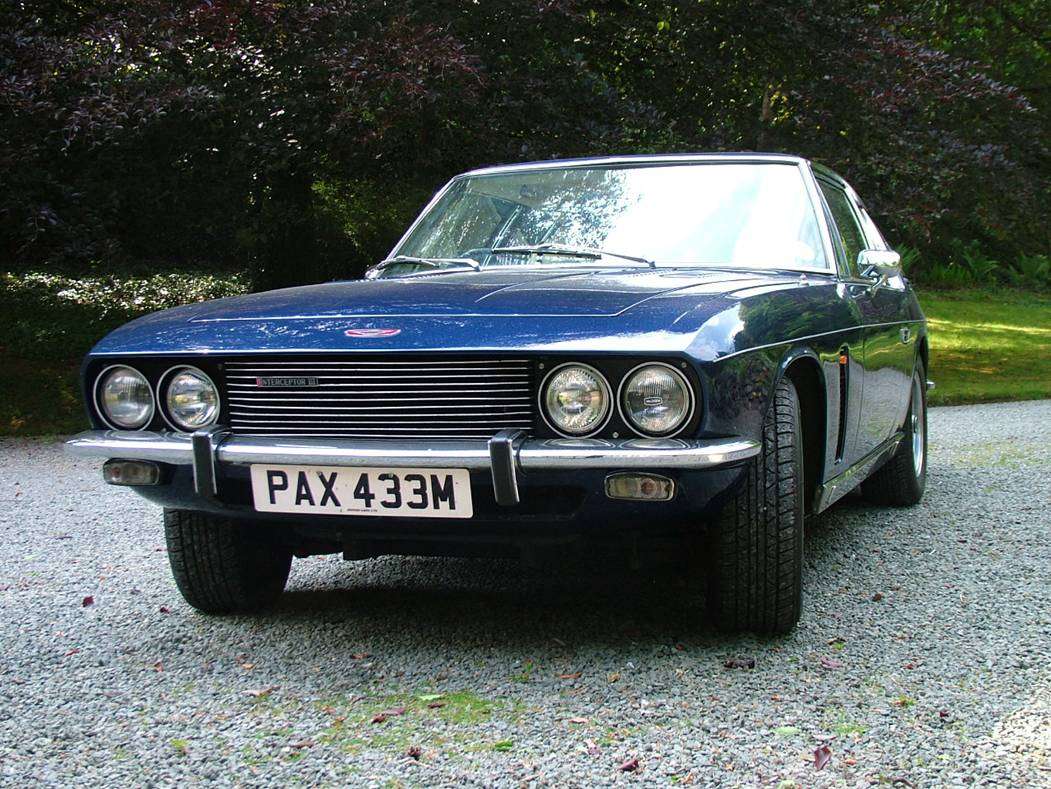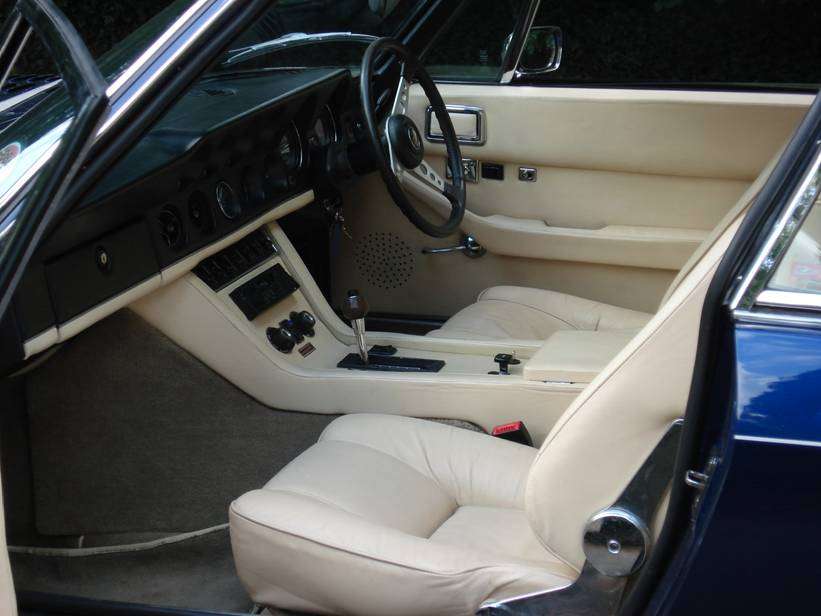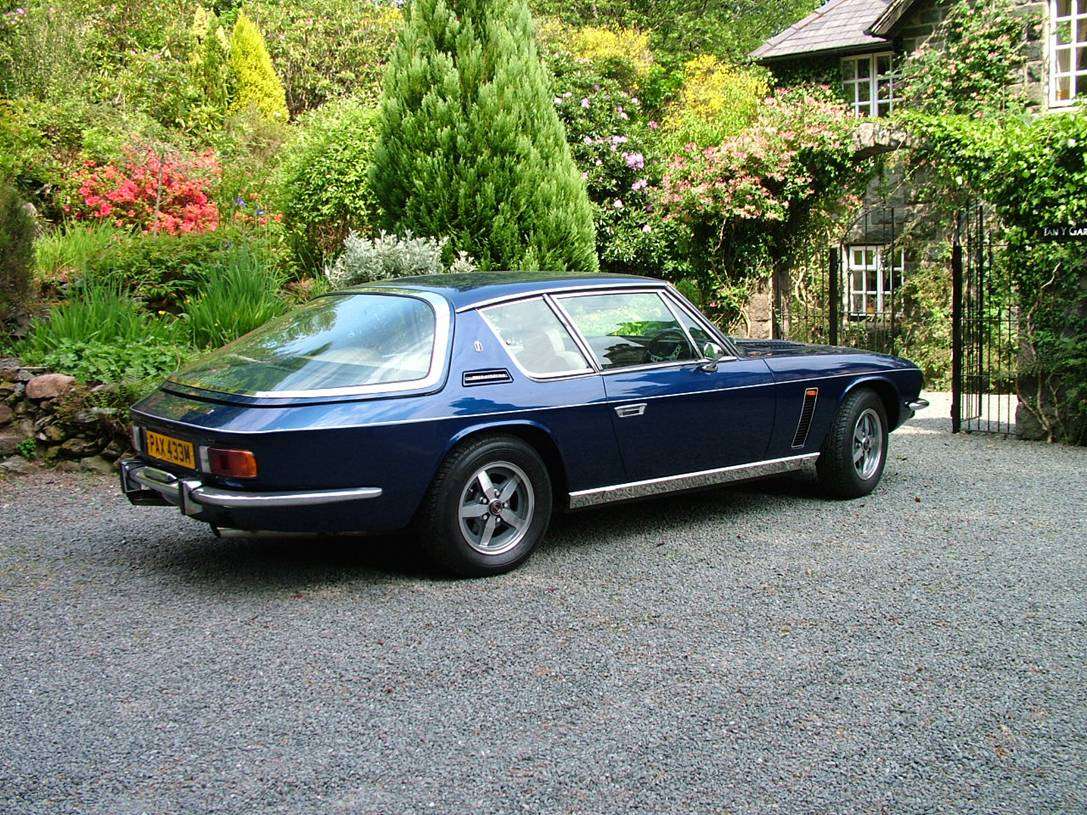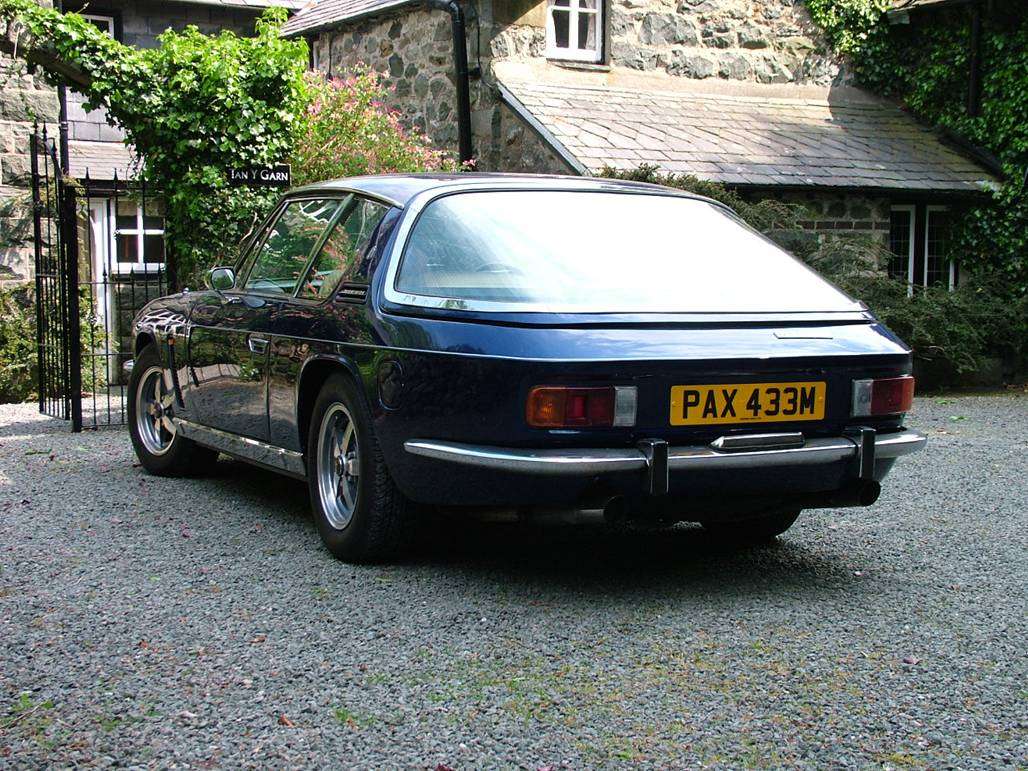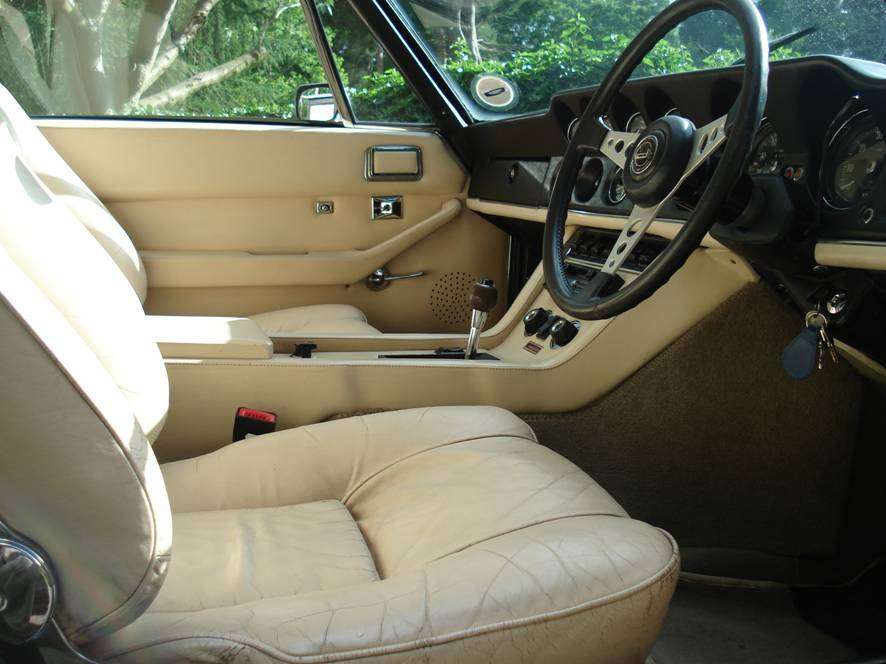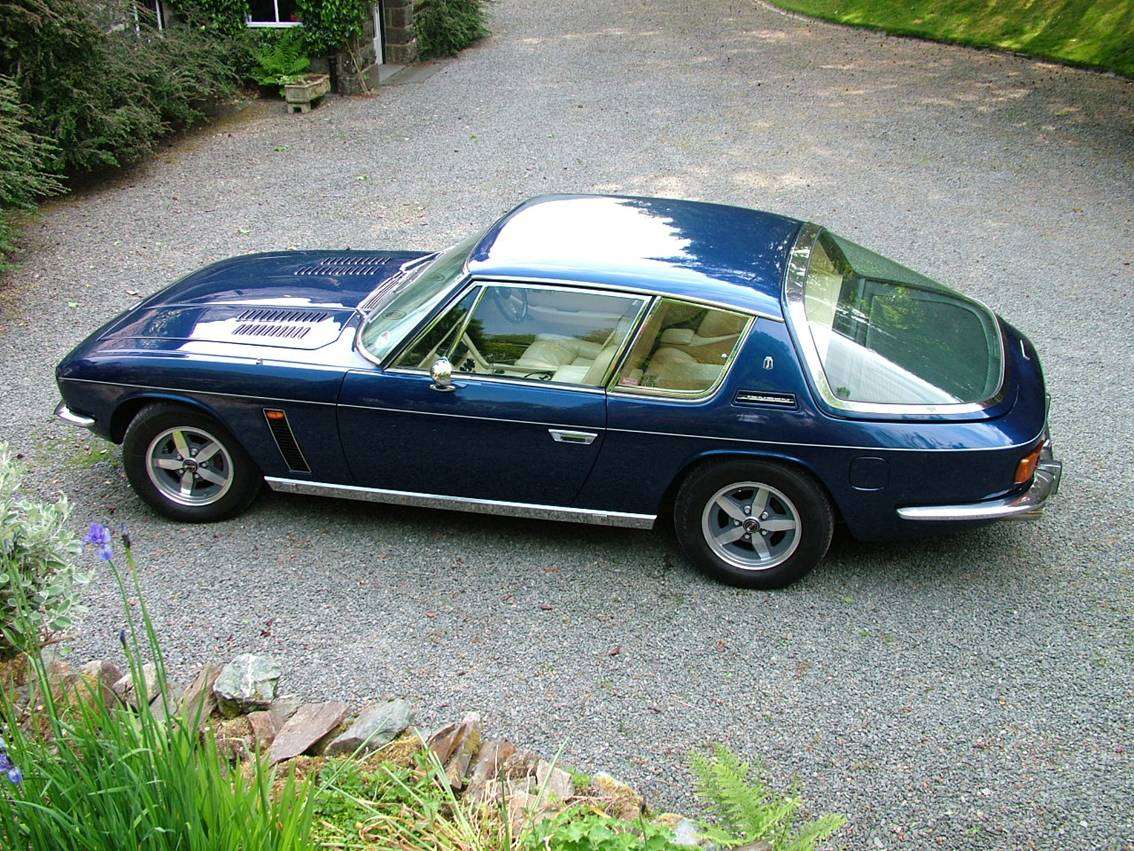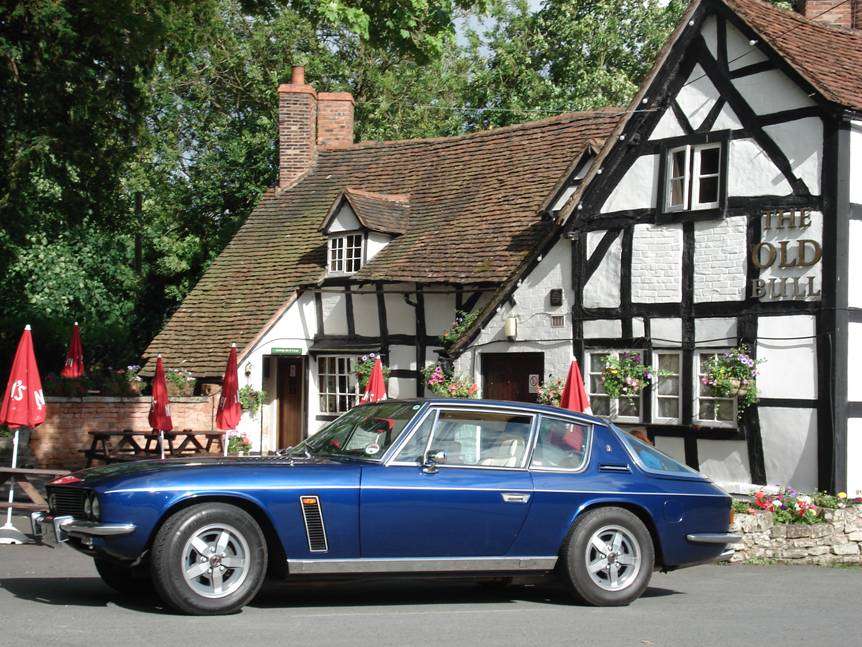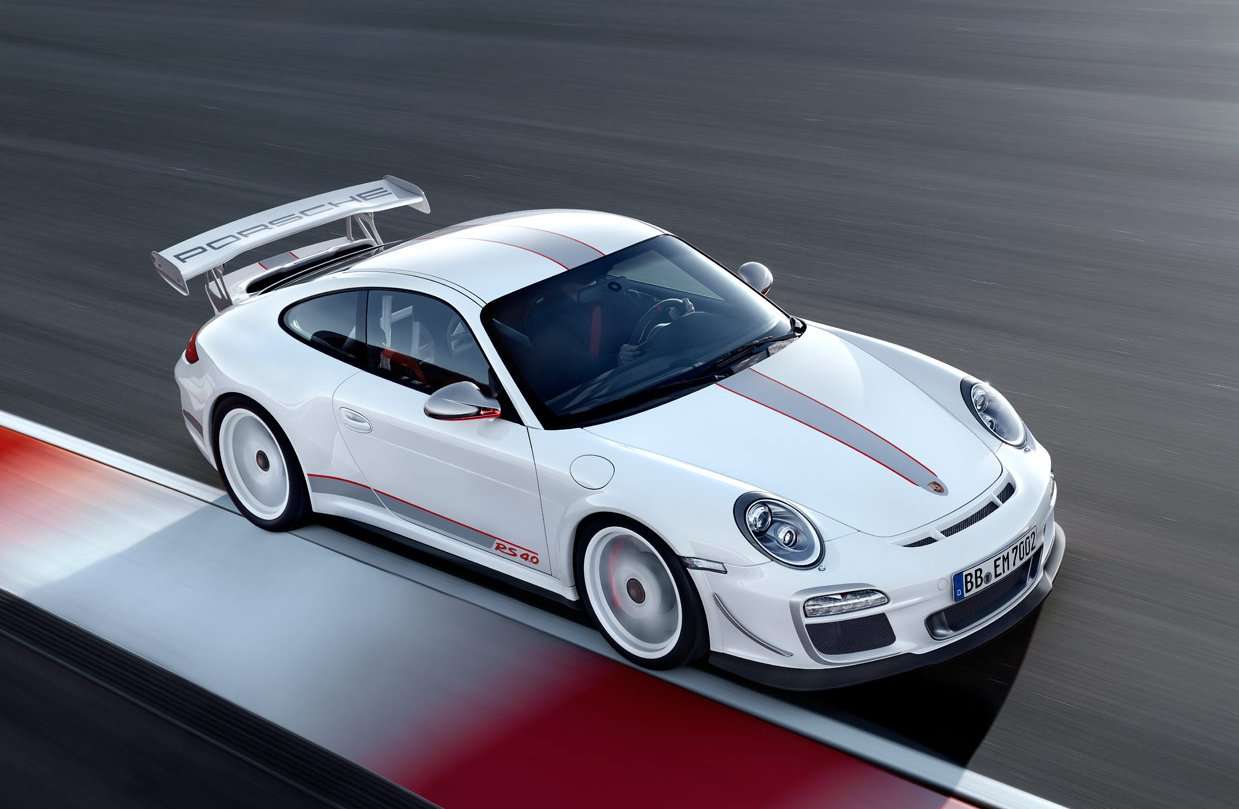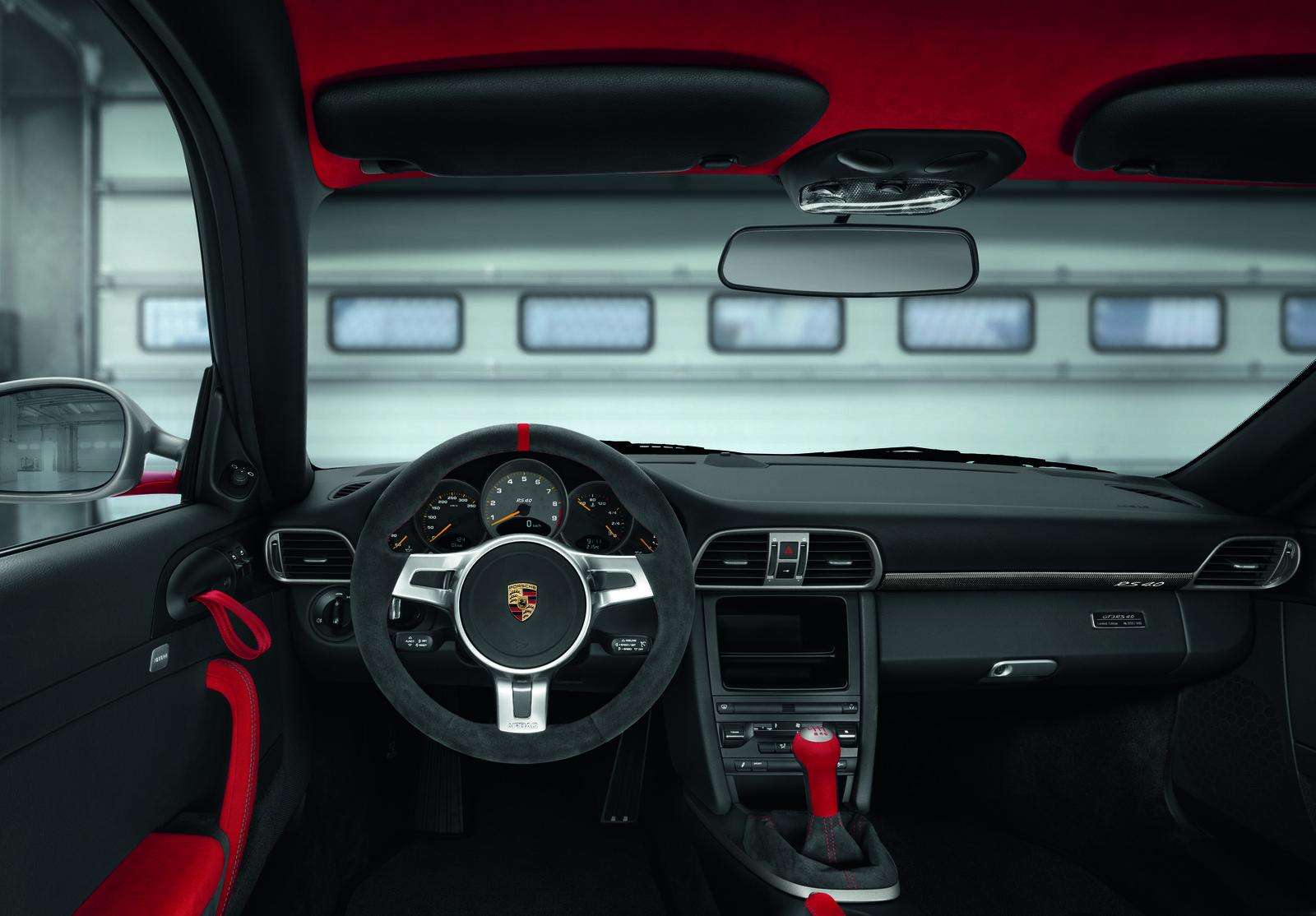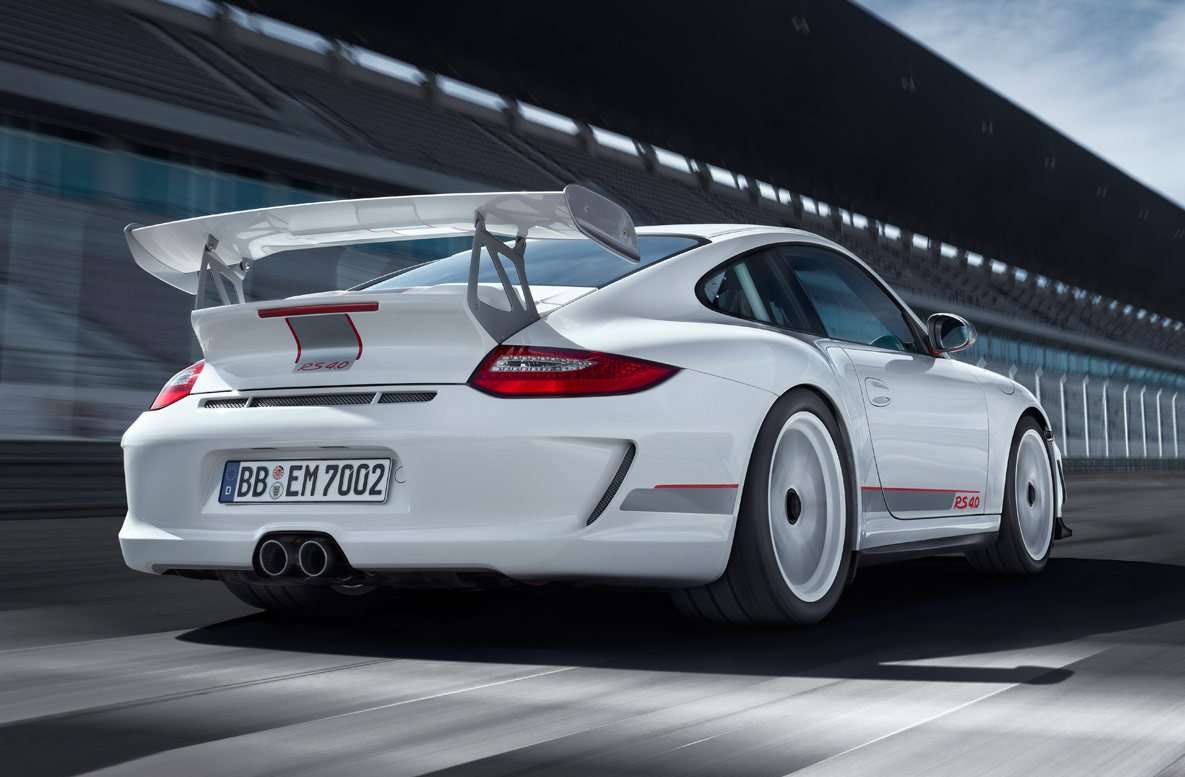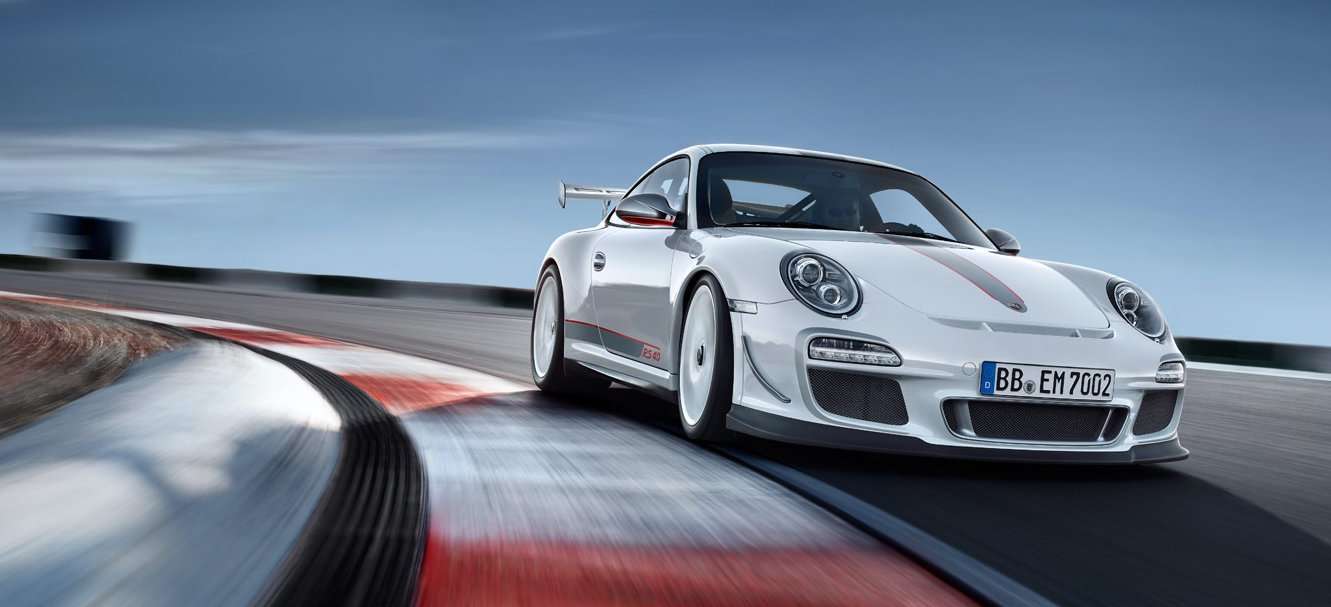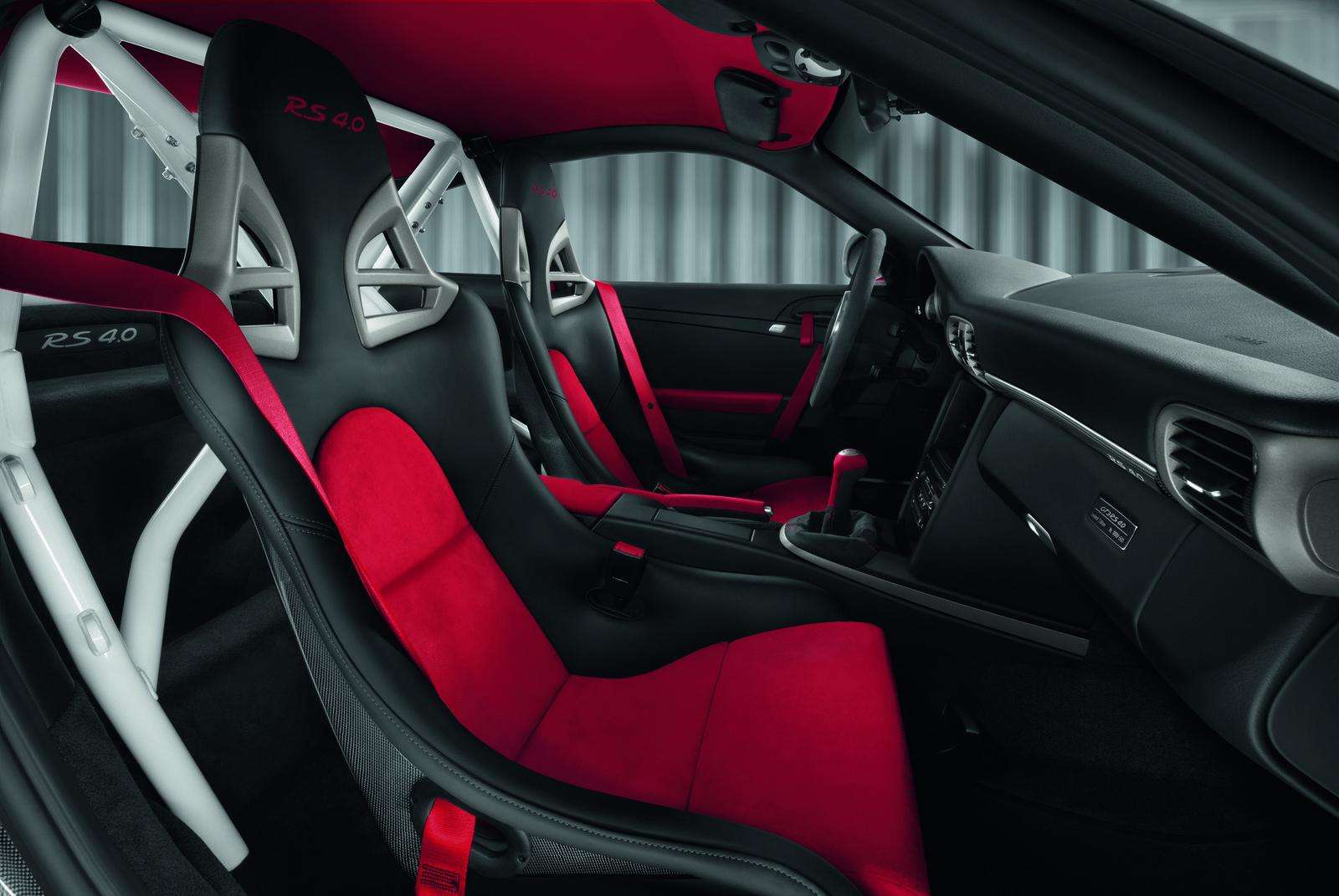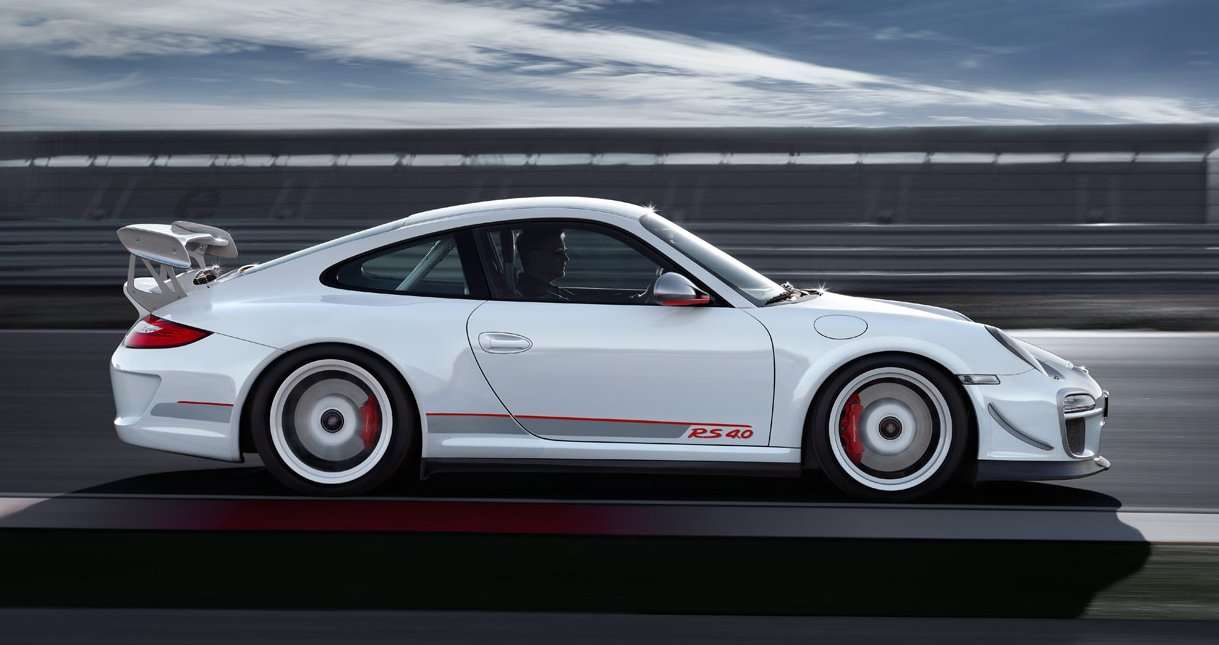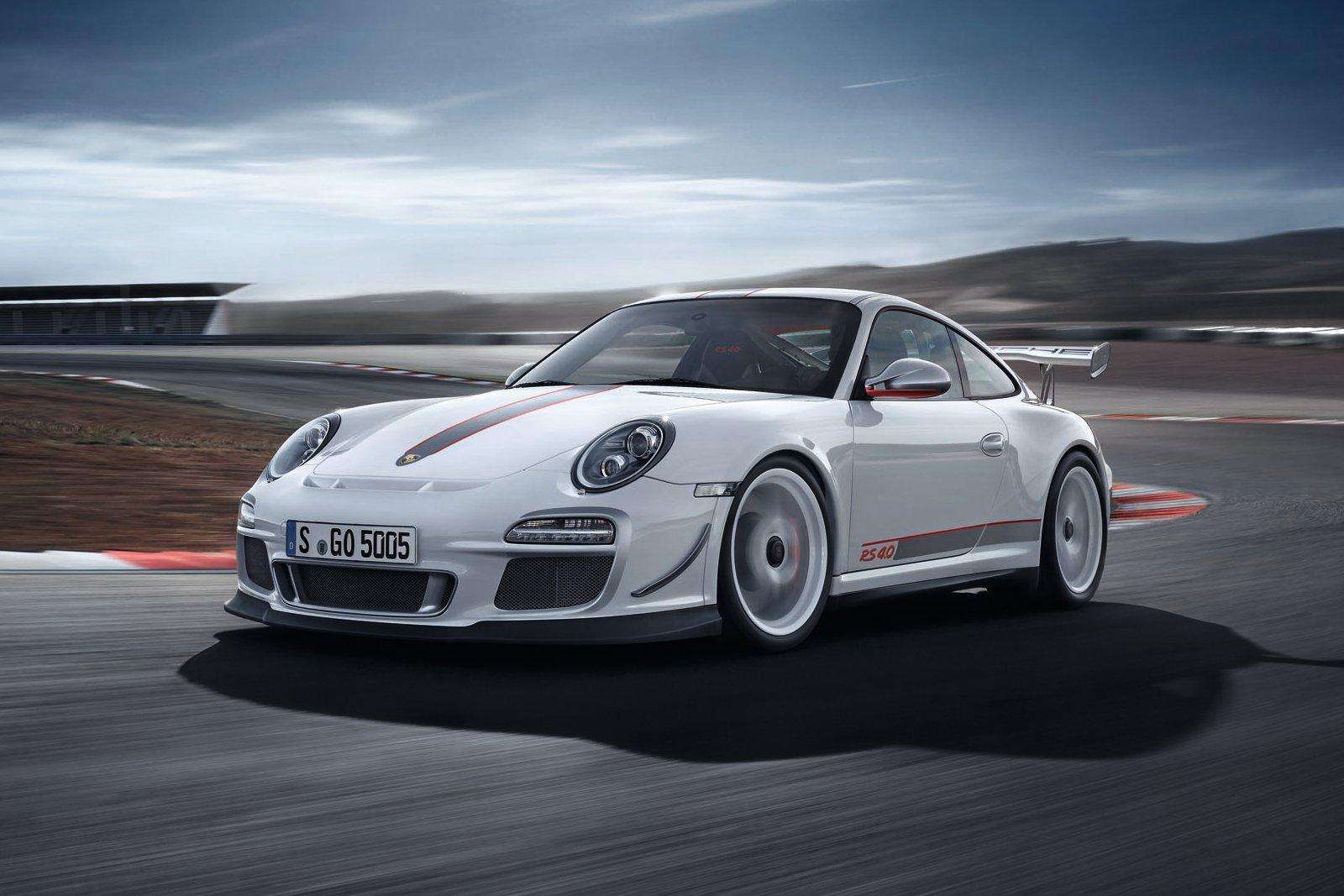Launched in 2007 at the heart of the highly competitive European C-segment, the Toyota Auris has built a solid reputation for roominess, comfort, practicality and reliability combined with a secure, economical driving experience.
On sale throughout Europe from early spring, the Toyota Auris 2010 will continue to appeal to those who prize the peace of mind offered by these core, family hatchback values. However, the revised model will also attract new customers who appreciate the marked improvements it offers in style and interior quality, its more refined driving experience and its wide choice of clean engine technologies.
With a choice of full hybrid drive, and three petrol and three diesel units offering the performance- and economy-enhancing benefits of Toyota Optimal Drive, the Toyota Auris 2010 engine line-up offers customers the most comprehensive range of powertrains in the C-segment.
The application of Toyota Optimal Drive across the Toyota Auris range in 2009 has already effected a significant improvement in the model's environmental performance, lowering CO2 emissions to segmentbest levels. Even before the 2010 introduction of Hybrid Synergy Drive to the model range, the overall Toyota Auris CO2 average has been reduced from 152 g/km in 2007 to 142 g/km in 2009.
Exclusively designed for the European market, the Toyota Auris HSD introduces full hybrid technology to a core model at the heart of the Toyota line-up, the first step in the deployment of HSD (Hybrid Synergy Drive technology) across the company's entire European model range by the early 2020s. Built at Toyota Motor Manufacturing UK, it targets an important shift in customer perceptions of full hybrid technology.
Over and above the benefits of exceptional fuel efficiency and low CO2 emissions inherent in Hybrid Synergy Drive, the everyday usability, driving comfort and remarkable quietness of Toyota's full hybrid powertrain will offer the Toyota Auris HSD customer a smooth and sophisticated driving experience entirely unique to the C-segment. As a result of Hybrid Synergy Drive and Toyota Optimal Drive technology, the Toyota Auris will be the first Toyota to comply with Euro 5 emission standards across the entire model range by July 2010. Toyota Optimal Drive has lowered CO2 emissions throughout the Toyota Auris 2010 engine range, with significant cost of ownership benefits to fleet customers.
With remarkably low 89 g/km CO2 emissions , the Toyota Auris HSD plays a significant role in further reducing Toyota's whole-fleet CO2 average which, having fallen by 16 g/km between 2008 and 2009, already stands at just 130 g/km.
The C-segment remains a core element of the volume market, representing almost 20% of total European new car sales. Toyota plans to sell 101,000 Toyota Auris models in 2010 and, in 2011 - the first full year of sales with all engine variants available - 130,000 units.
DesignThe Toyota Auris 2010 combines dynamic exterior design changes with extensive interior improvements in quality, materials, ergonomics, driving comfort, and visual appeal. The Toyota Auris HSD incorporates several unique styling details to improve the car's aerodynamic performance. The interior incorporates hybrid-specific instruments, switchgear and upholstery.
Exterior design: a stronger, more confident road presence
Redesigned bumpers have increased the front and rear overhangs by 15 mm and 10 mm respectively. As a result the Toyota Auris 2010 has increased in overall length by 25 mm to 4245 mm, while the long, 2600 mm wheelbase remains unchanged.
With a new horizontal bar-type grille, more aggressive headlamp clusters, LED daytime running lights and a wider lower bumper air intake, the entire front of the Toyota Auris 2010 has been restyled to enhance the car's stable, ground-hugging stance and create a more youthful image.
The rear design has been strengthened to provide a stronger, more confident road presence. The bumper corners have been extended outwards and create a new 'catamaran' bumper profile which accentuates the Toyota Auris 2010's muscular proportions and wide track.
The latest addition to the model line-up, the Toyota Auris HSD incorporates several unique exterior design features which both improve the car's overall aerodynamic efficiency and indicate the presence of Toyota's Hybrid Synergy Drive powertrain.
The upper grille opening has been optimised to help the air flow smoothly over the upper half of the body, and the size of the lower grille has been enlarged to reduce airflow resistance as well as improving engine cooling efficie
Housing a revised foglamp configuration, the flat, vertical surface of the bumper corner not only reinforces the Toyota Auris HSD's broad stance and driving stability, but also corrects airflow as it passes over the front wheels to minimise wheel arch turbulence.
Allied to a 5 mm lowering of vehicle ride height and a choice of purpose-made, 15" or 17" alloy wheels with integrated, aerodynamic caps and low rolling resistance tyres, a large, roof mounted rear spoiler further improves the Toyota Auris HSD's aerodynamic efficiency.
Acting in combination to smooth and control the flow of air over the car, these HSD-specific design modifications have reduced the Toyota hybrid's coefficient of drag from Cd 0.290 to 0.283, effecting reductions in both fuel consumption and CO2 emissions.
The Toyota Auris 2010 is available in a choice of six exterior colours, including a new, hybrid-specific Pearl White finish.
Interior design: improvements in quality, ergonomics and visual appeal
Soft touch materials now cover the top of the driver's instrument cluster and the upper glove box, and the seat upholstery has been upgraded across the range. The height of the centre console storage box has been raised by about 50 mm, and it now functions as an armrest. A new, more comfortable steering wheel incorporates redesigned audio and Bluetooth phone control switches.
The unique, bridged centre console which brings the gear lever, handbrake and instrumentation within the closest possible reach of the driver has a new, bright metallic finish matched by the door handles. The handbrake design has been revised with a new lever release button, a tactile, ergonomic grip and lower seating in the release position.
Control panel colour and finish changes have enhanced switch layout visibility, and the illumination of the Optitron meter dials has been changed to white for improved clarity and visibility.
In conjunction with the introduction of Hybrid Synergy Drive, the Toyota Auris HSD interior features several significant modifications. The driver's instrument binnacle has been revised, with the tachometer replaced by an Eco Drive Assist Monitor. The centredial information panel includes additional, Hybrid Synergy Drive- specific information such as Energy Flow and Eco Drive Result monitors.
A hybrid blue Smart Start switch has been added to the side of the instrument cluster. The centre console incorporates a Parking Control switch, EV, Eco and Power drive mode switches and a shiftby- wire transmission lever with a high-quality silver paint finish.
Toyota Auris HSD instrument and switchgear illumination has been amended to greenish white numbers on a hybrid blue background for the meter panel, audio and heating controls, and the Smart Start, Drive Mode and Parking Control switches.
A choice of hybrid-specific upholstery finishes features a standard specification, blue-flecked seat panel fabric, while high grade models are trimmed in Alcantara panels with leather surrounds.
Powertrains and driving dynamics
The Toyota Auris 2010 powertrain line-up features a choice of full hybrid drive, and three petrol and three diesel engines offering the performance- and economy-enhancing benefits of Toyota Optimal Drive. The introduction of a Hybrid Synergy Drive model makes this is the most comprehensive range of powertrains available in the C-segment, catering for every customer requirement.
As a result of Toyota Optimal Drive technology, the Toyota Auris will be the first Toyota to comply with Euro 5 emission standards across the entire European model range by July 2010.
Starting at just 118 g/km, CO2 emissions have been lowered throughout the engine range, offering significant cost of ownership benefits to fleet customers.
The introduction of the Toyota Auris HSD will create an important shift in customer perceptions of full hybrid technology. The advantages of exceptional fuel efficiency and low CO2 emissions are obvious. However, the Auris HSD customer will also experience a smooth and sophisticated driving experience -unique to the C-segment- thanks to the everyday usability, driving comfort and remarkable quietness of Toyota's multiple award-winning, full hybrid powertrain.
With remarkably low 89 g/km CO2 emissions the Toyota Auris HSD plays a significant role in further reducing Toyota's whole-fleet CO2 average which, having fallen by 16 g/km between 2008 and 2009, already stands at just 130 g/km.
1.33 litre Dual VVT-i with Stop & Start system
The 1.33 litre Dual VVT-i petrol engine generates 73 kW/ 99 DIN hp and maximum torque of 128 Nm at 3800 rpm, while returning an average fuel consumption of 6.0 l/100 km and CO2 emissions of only 139 g/km.
The unit benefits from numerous Toyota Optimal Drive engine optimisations. A combination of lightweight technology, a resin cylinder head cover and intake manifold, and a remarkably compact design has effected a substantial reduction in engine weight and size. Combustion efficiency has been improved through the use of a high efficiency intake port, a high compression ratio and long reach spark plugs.
Extensive friction reduction measures include enhanced engine block rigidity and bore circularity, an improved valve roller rocker arm design with a new camshaft profile, small, lightweight pistons with a low friction coating, low viscosity oil and a water jacket spacer.
Toyota Optimal Drive's environmental technologies are represented by the application of a wide ratio 6-speed manual transmission and optional, Stop & Start System technology.
This innovative system automatically switches off the engine when the vehicle is stopped. The world's first permanently engaged ring gear mechanism allows for automatic engine restart within half a second when the clutch is lifted, with significant reductions in engine start noise and seat vibration levels.
Thus equipped, the 1.33 litre Dual VVT-i unit's fuel consumption and CO2 emissions are lowered still further, to just 5.9 l/100 km and 136 g/km respectively.
1.6 and 1.8 litre Valvematic petrol engines
The 1.6-litre Valvematic engine develops 132 DIN hp and classleading maximum torque of 160 Nm at only 4400 rpm. When equipped with a 6-speed manual transmission, the unit returns a combined cycle fuel consumption of 6.6 l/100 km and generates CO2 emissions of only 152 g/km. MultiMode transmission further reduces both fuel consumption and emissions, to 6.3 l/100 km and 146 g/km respectively.
The 1.8 litre Valvematic engine develops 147 DIN hp and maximum torque of 180 Nm at 4000 rpm, yet the engine's combined fuel consumption is only 6.7 l/100 km, and CO2 emissions are 155 g/km. Through the application of Toyota Optimal Drive, both engines benefit from the same lightweight technology, compact design and combustion efficiency engine optimisations as the 1.33 litre unit.
In addition, friction reduction measures include an improved valve roller rocker arm design with a new camshaft profile, small, lightweight pistons with a low friction coating, enhanced engine block rigidity and bore circularity, and low viscosity oil.
The environmental technologies of Toyota Optimal Drive are represented by the application of wide ratio 6-speed manual transmissions and an optional, MultiMode transmission available with the 1.6 litre unit.
Offering class-leading efficiency, power and torque, Valvematic is a further development of Toyota's highly successful Dual Variable Valve Timing-intelligent (Dual VVT-i) system.
Adding lift and duration control to the variable inlet valve timing to deliver more power for less fuel consumption with reduced CO2 emissions, Valvematic also reduces friction and pumping losses under light engine loads, further lowering fuel consumption.
Diesel engines
The three diesel engines in the Toyota Auris 2010 model range also benefit from the extensive application of Toyota Optimal Drive technologies.
Lightweight technology and a compact design have resulted in a marked reduction in engine weight and size. Numerous combustion efficiency enhancing measures include a lower compression ratio, optimised combustion chamber dimensions, enhanced Exhaust Gas Recirculation (EGR) cooler efficiency and stainless steel exhaust manifolds with close-coupled Diesel Particulate Filters (DPF).
The adoption of Piezo injectors is of particular significance. Their high speed reaction time makes multi-phase high speed injection possible. This has the effect of both lowering the rate of combustion expansion and effecting a more thorough burn within the combustion chamber, thus further reducing particulate, NOx and CO2 emissions.
The 2.2 litre engine also benefits from Toyota's Diesel-Clean Advanced Technology (Toyota D-CAT), which incorporates a Diesel Particulate and NOx Reduction filter (DPNR).
1.4 D-4D 90 diesel engine
The 1.4 litre D-4D engine develops 90 DIN hp and maximum torque of 205 Nm at only 1800 to 2800 rpm, and may be equipped with a Diesel Particulate Filter (DPF) for CO2 emissions that are amongst the lowest in the C-segment.
When equipped with the manual transmission and a CCo, the 1.4 D-4D 90 unit returns a combined cycle fuel consumption of 4.7 l/100 km and generates CO2 emissions of only 124 g/km. Manual versions fitted with a DPF return just 4.5 l/100 km and a remarkable 118 g/km.
This outstanding, 118 g/km CO2 emissions performance has been achieved through combining Toyota Optimal Drive with various measures designed to maximise the aerodynamic and fuel efficiency of the Toyota Auris 1.4 D-4D 90, such as lowered suspension and low rolling resistance tyres.
2.0 D-4D 125 and 2.2 D-4D 180 diesel engines
With a DPF fitted as standard, the 2.0 D-4D 125 delivers 126 DIN hp and maximum torque of 310 Nm from 1800 to 2400 rpm. Combined cycle fuel consumption is 5.2 l/100 km and CO2 emissions are 138 g/km.
The Toyota Auris' powerful, 2.2 litre turbodiesel further benefits from Toyota's Diesel-Clean Advanced Technology (Toyota D-CAT), which incorporates a Diesel Particulate and NOx Reduction filter (DPNR). The 2.2 D-4D 180 unit delivers 177 DIN hp and a highly impressive maximum torque of 400 Nm between 2000 and 2800 rpm. Conversely, average fuel consumption is just 5.9 l/100 km, and CO2 emissions only 154 g/km.
6-speed manual and MultiMode transmissions
Every engine in the Toyota Auris 2010 range is mated to a Toyota Optimal Drive six-speed manual transmission featuring wide-spread ratios designed to optimise fuel consumption and lower CO2.
An optional, MultiMode transmission is available on 1.6 Valvematic petrol and 1.4 D-4D 90 diesel versions. MultiMode is an automated manual transmission with a fully automatic shift mode and no clutch pedal. It offers the driver a choice of two, fully automatic gear change modes or a manual, sequential gear change with steering wheel-mounted shift paddles.
Revised suspension and steering for an improved driving experienceThrough close collaboration between Toyota's European and Japanese Research and Development teams, the implementation of regional customer feedback and extensive European testing the Toyota Auris' suspension system has been fine-tuned specifically for the customers and roads of the European market. It combines stable high speed driving performance with secure handling and superior ride comfort.
The Toyota Auris' speed-sensitive Electric Power Steering (EPS) has also been revised and refined to provide better feedback and improved vehicle agility. The Toyota Auris HSD brings the extraordinarily refined, smooth and silent Hybrid Synergy Drive experience to a Toyota mainstream model customer base for the first time in Europe.
Improved equipment specificationsEvery Toyota Auris 2010 model above the Terra grade now benefits from wireless, Bluetooth hands-free mobile phone connectivity -independent of the optional navigation system- allowing for incoming call sound output through the vehicle speakers. The fully integrated audio system now incorporates a mini jack USB/AUX input terminal located within the upper glovebox, allowing for the connection of MP3 players directly to the audio system.
The seat upholstery has also been upgraded, with five new finishes available for the main inserts; one woven dark grey fabric, three Tatami knitted - dark grey with grey or ruby touches with orange stitch, or greige with grey stitch, Kaze dark grey fabric, two leather - dark grey and greige - and one partial leather /Alcantara in dark grey.
Auto-levelling headlamps can be fitted with optional, HID (High Intensity Discharge) lights, and an optional rear camera with a display integrated into the driver's rear view mirror will be available at a later date.
The Toyota Auris HSD incorporates a hybrid-specific driver's instrument cluster and driving mode switchgear, and a shift-by-wire transmission lever. Instrument and switchgear illumination has been adopted to greenish white numbers on a hybrid blue background. A choice of upholstery finishes features a standard specification, blue-flecked seat panel fabric, while high grade models are trimmed in Alcantara panels with leather surrounds.
